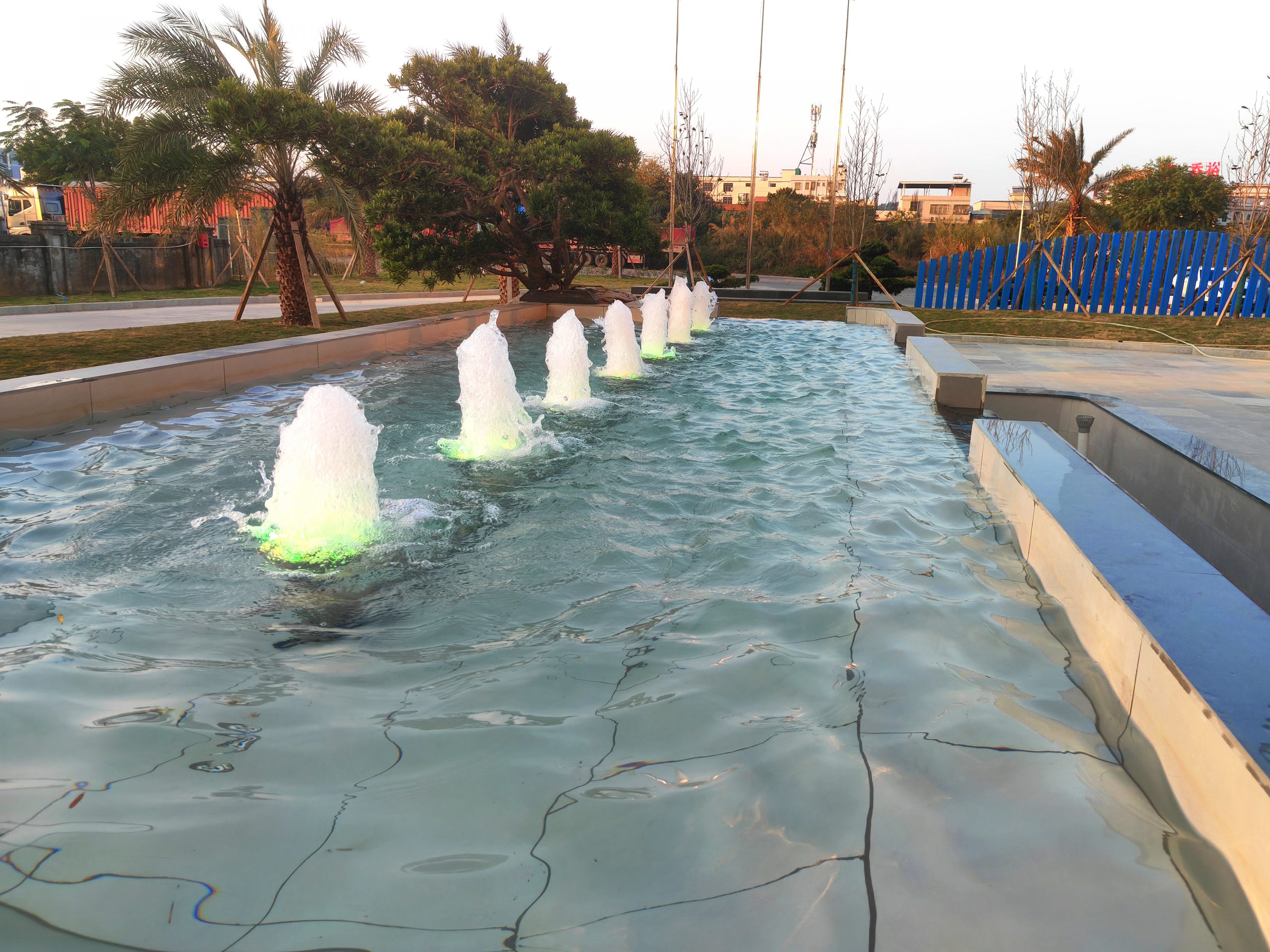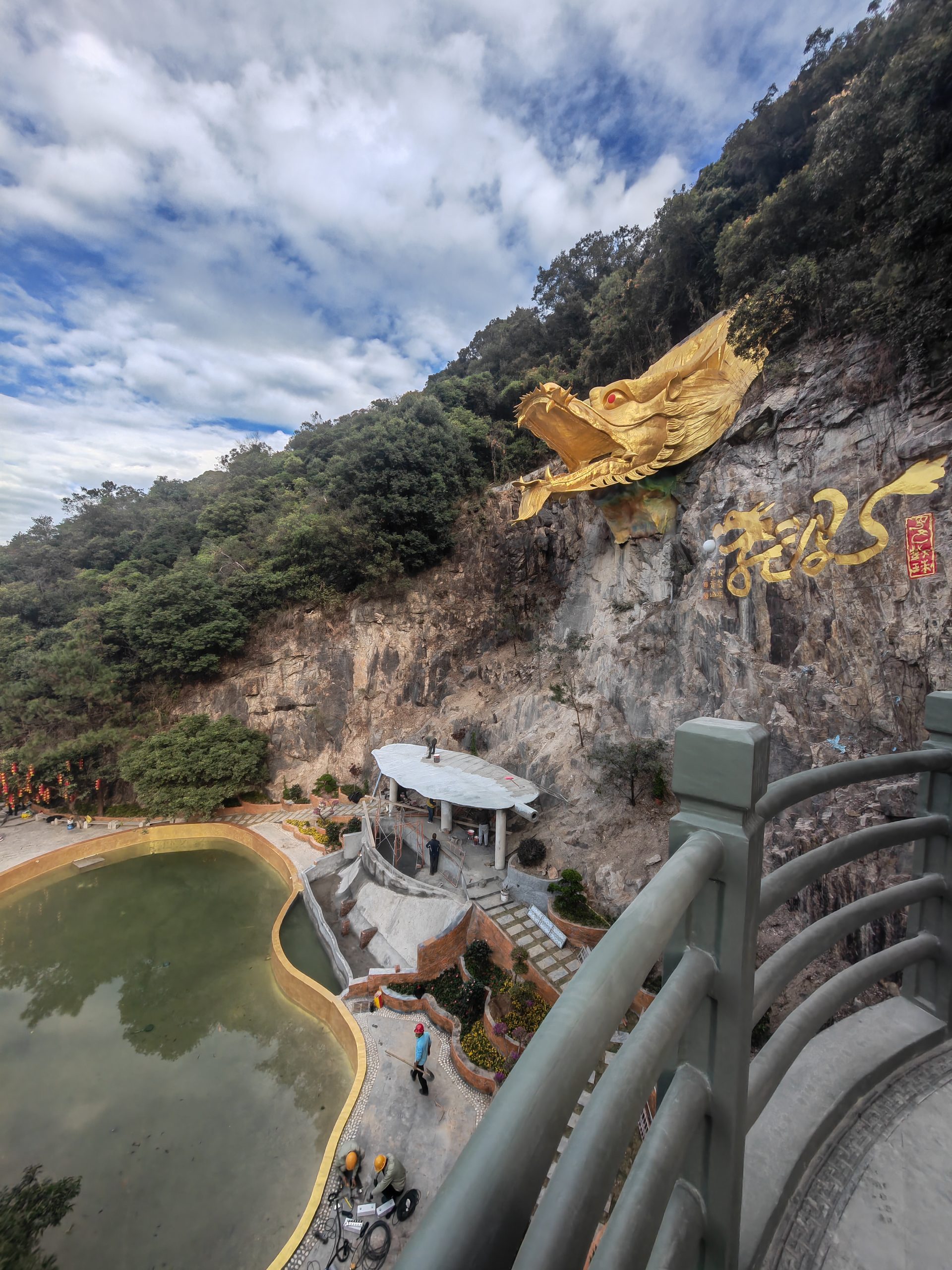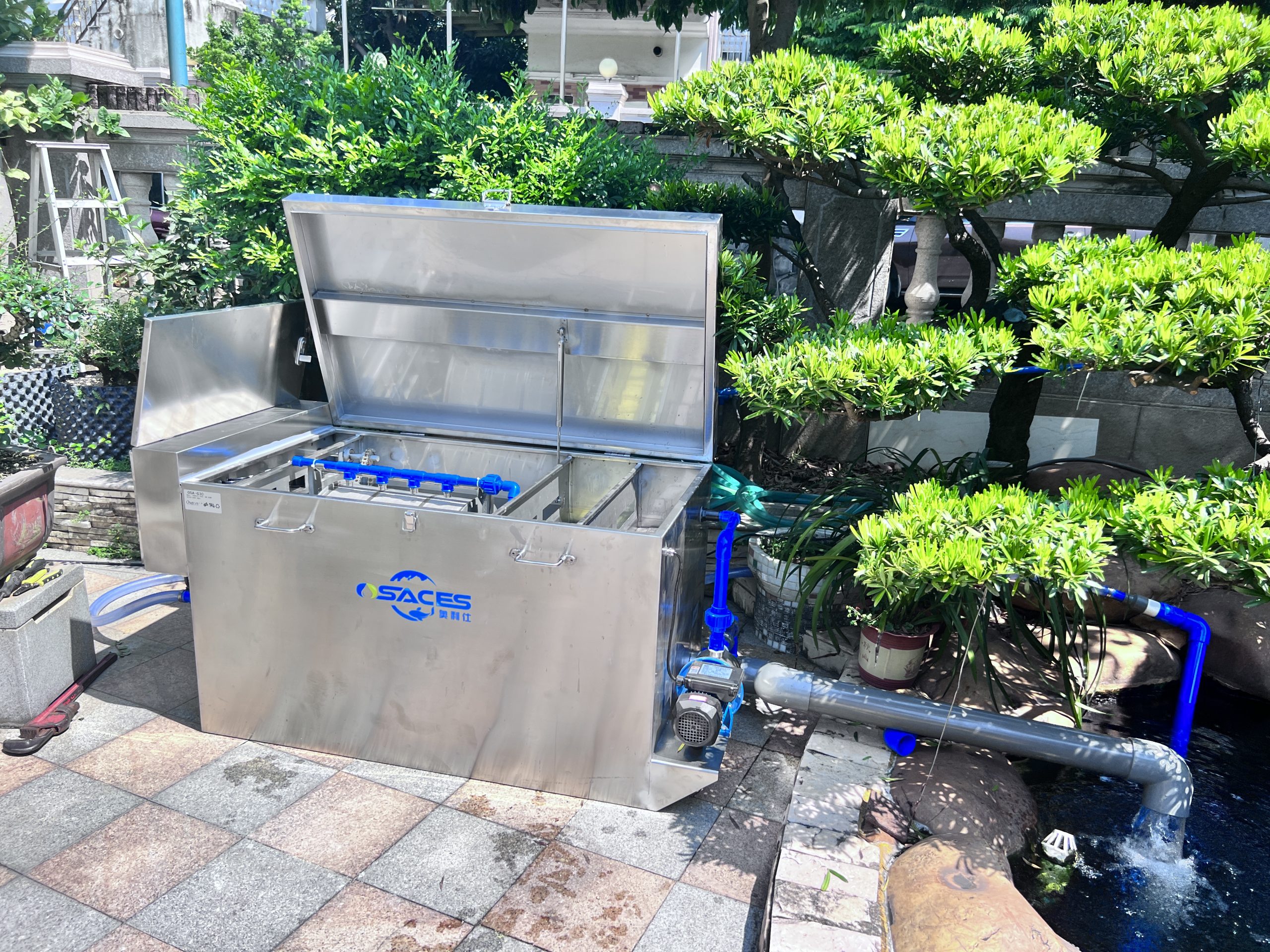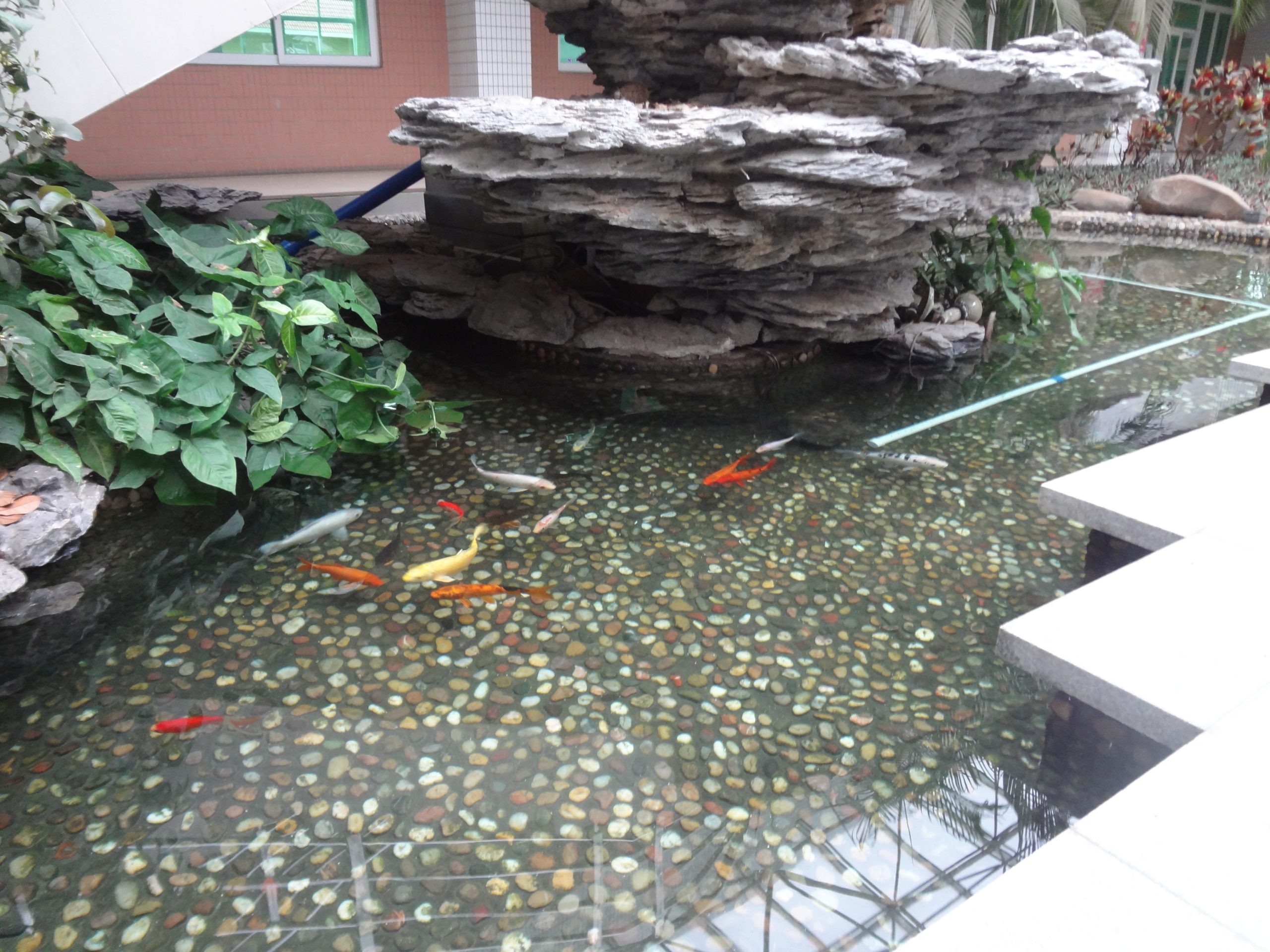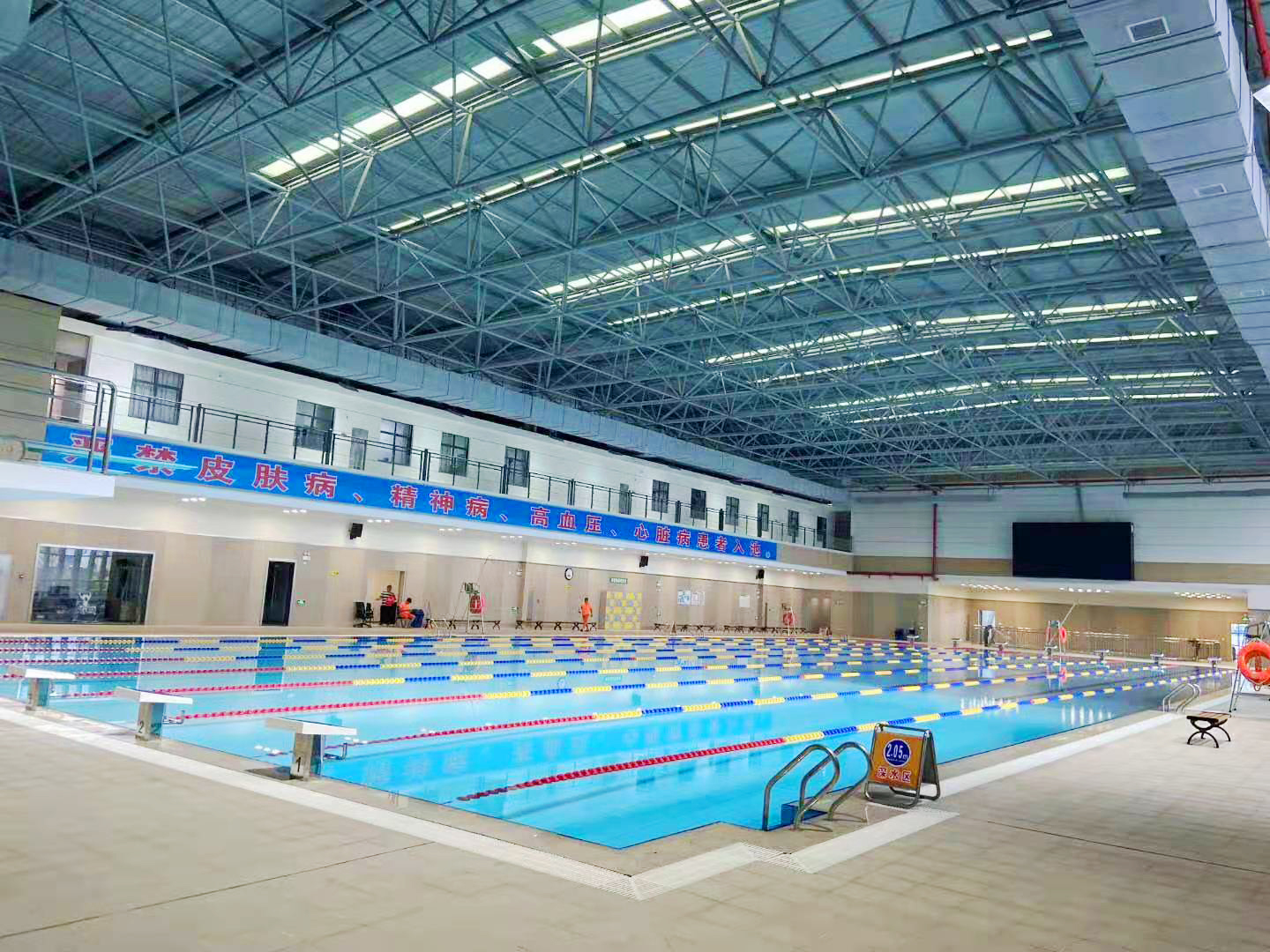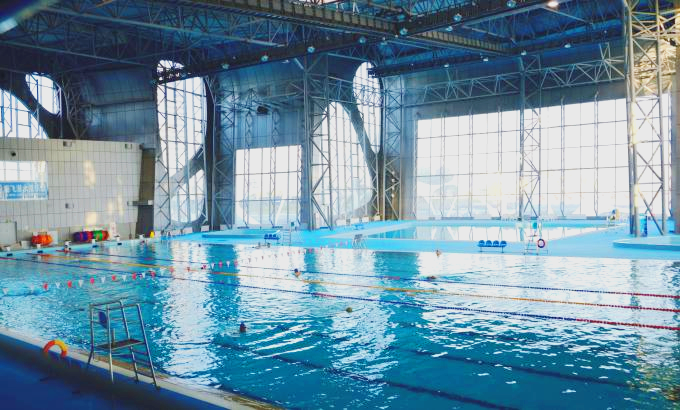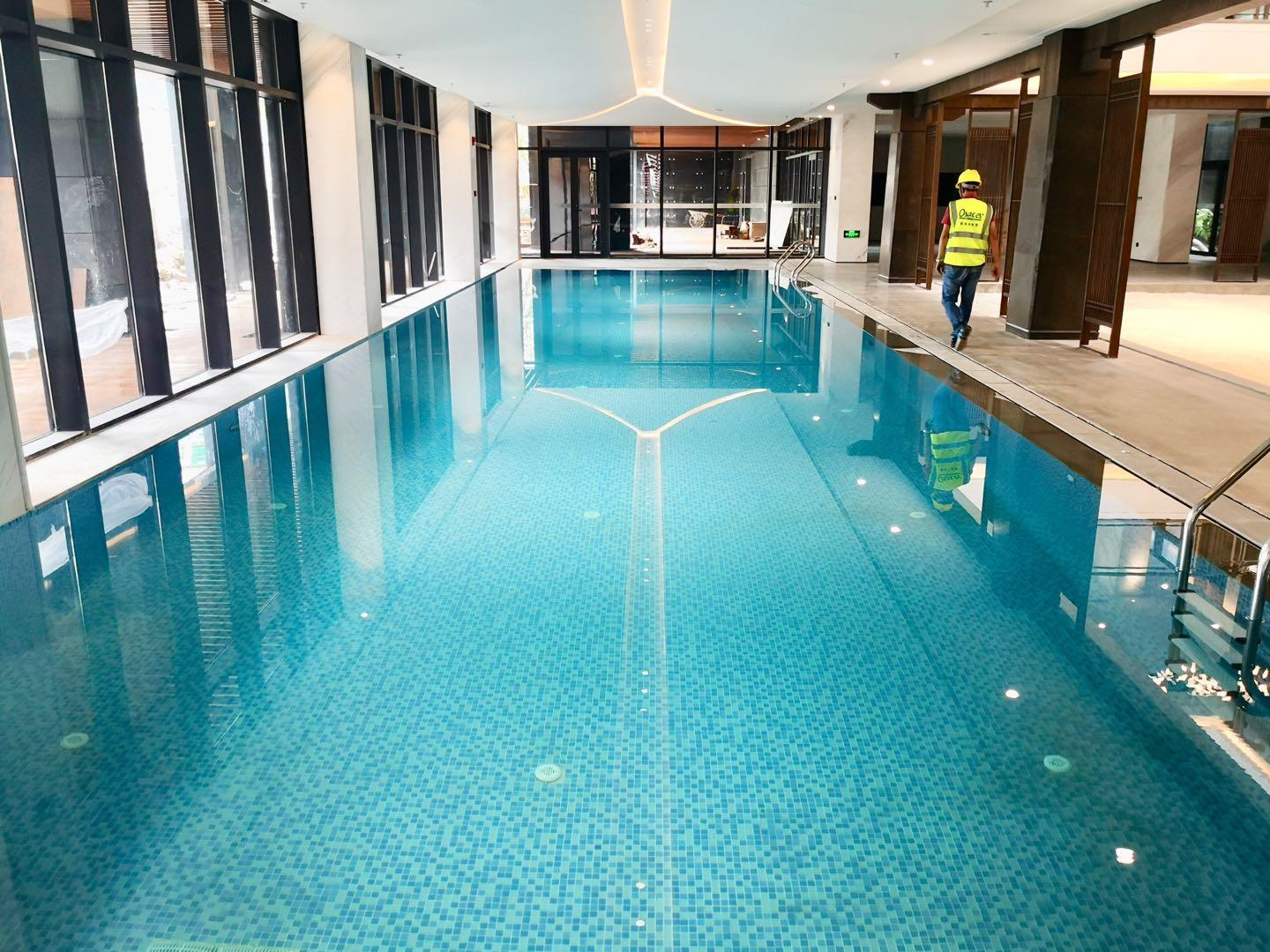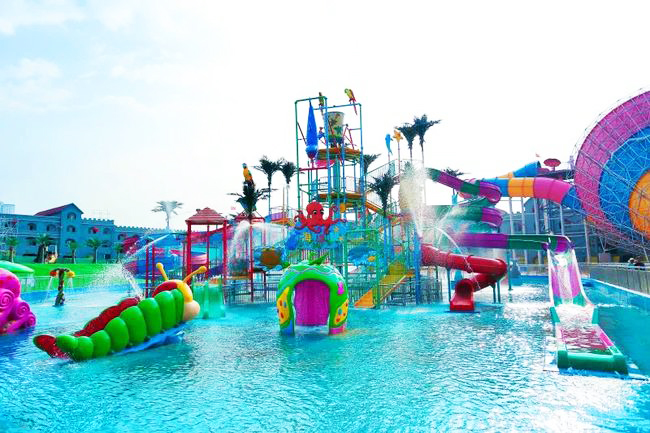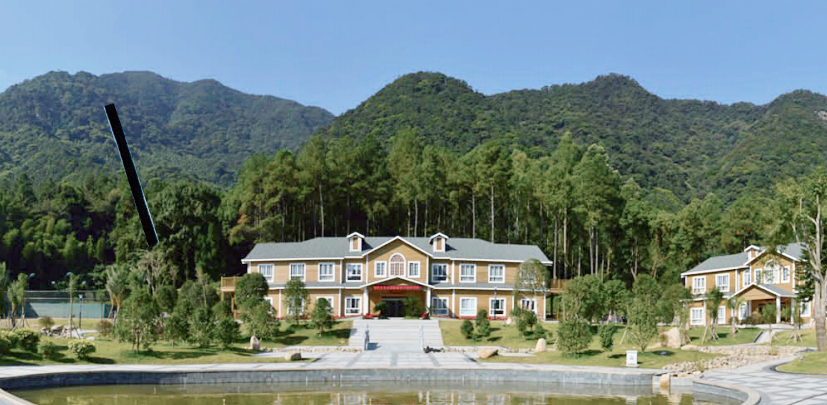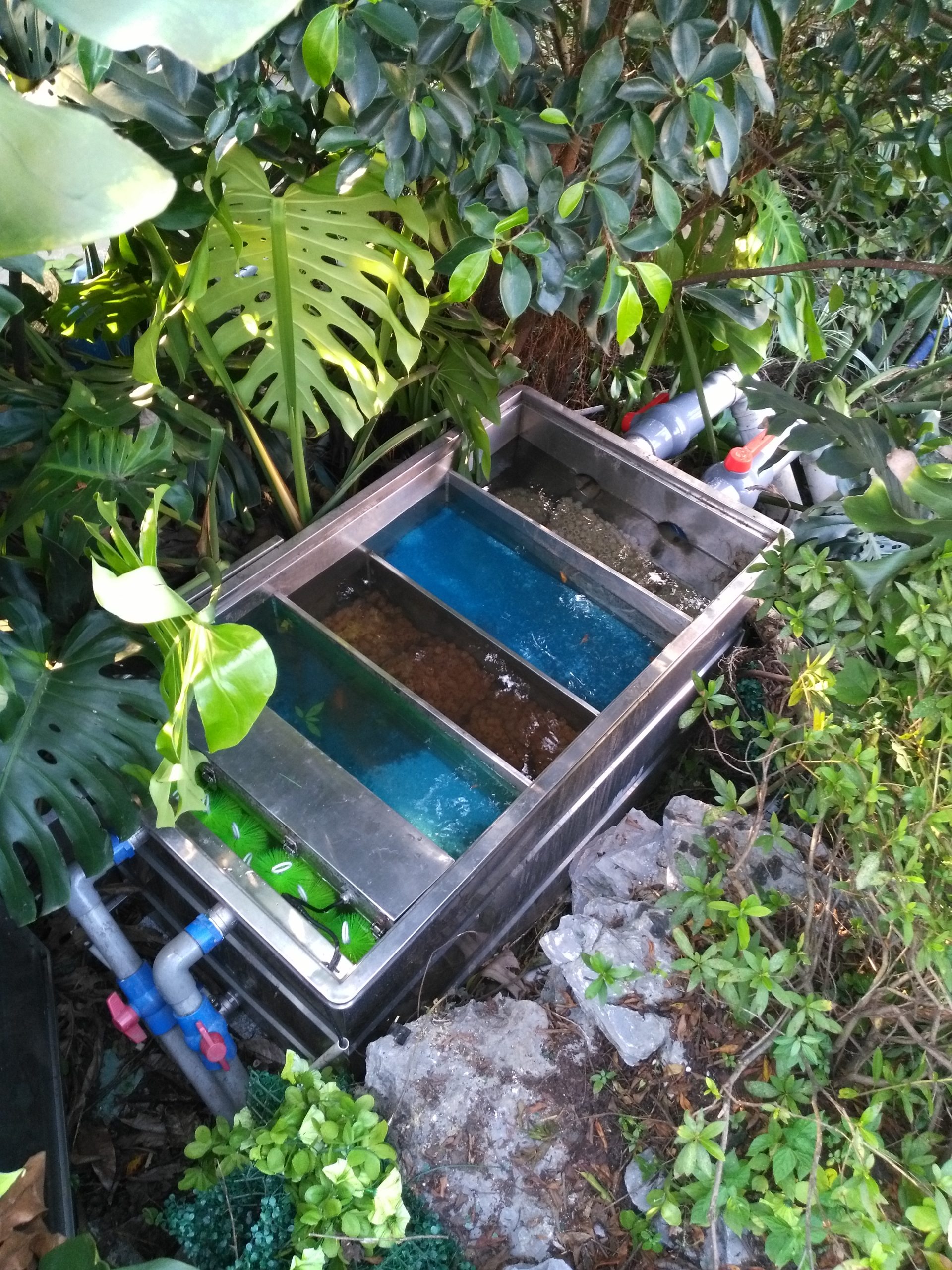common problems
contact details
 Ollies (Guangzhou) Recreation and Sports Equipment Co.
Ollies (Guangzhou) Recreation and Sports Equipment Co.Tel: (020) 82686289
Fax: 020-82694853
Headquarter: No.31-37, Xincun 2 Road, Shangjiang North Street, Dongzhou Village, Xintang Town, Zengcheng City, Guangzhou, Guangdong, China
How to keep koi ---- new fish in the pond
Koi, the largest family of all fish with over 1,400 known species, are known as "rubies in the water" and "swimming works of art". Koi for the water quality requirements are not high, and koi's bright colors, meaning good luck, is said to be able to bring good luck to the owner. It is a favorite feng shui fish and ornamental pet.
Koi, a noble ornamental fish originated in China, has been loved by people since ancient times. Because of its low water quality requirements, mixed diet, easy to reproduce and colorful, majestic swimming posture, it has a very high rearing and ornamental value. So, what should we pay attention to? What are the tips?
The most important thing to do when a new fish enters the pond is to turn the water
First of all, a word of caution.Koi before the moveMust stop eating!
Stopping feeding can also be called "hanging water", and koi that are not well hung are particularly sensitive to movement. If they are transported over long distances without stopping feeding, the skin of the koi will become congested and the eyes will protrude. ....... There have been many cases of koi dying.
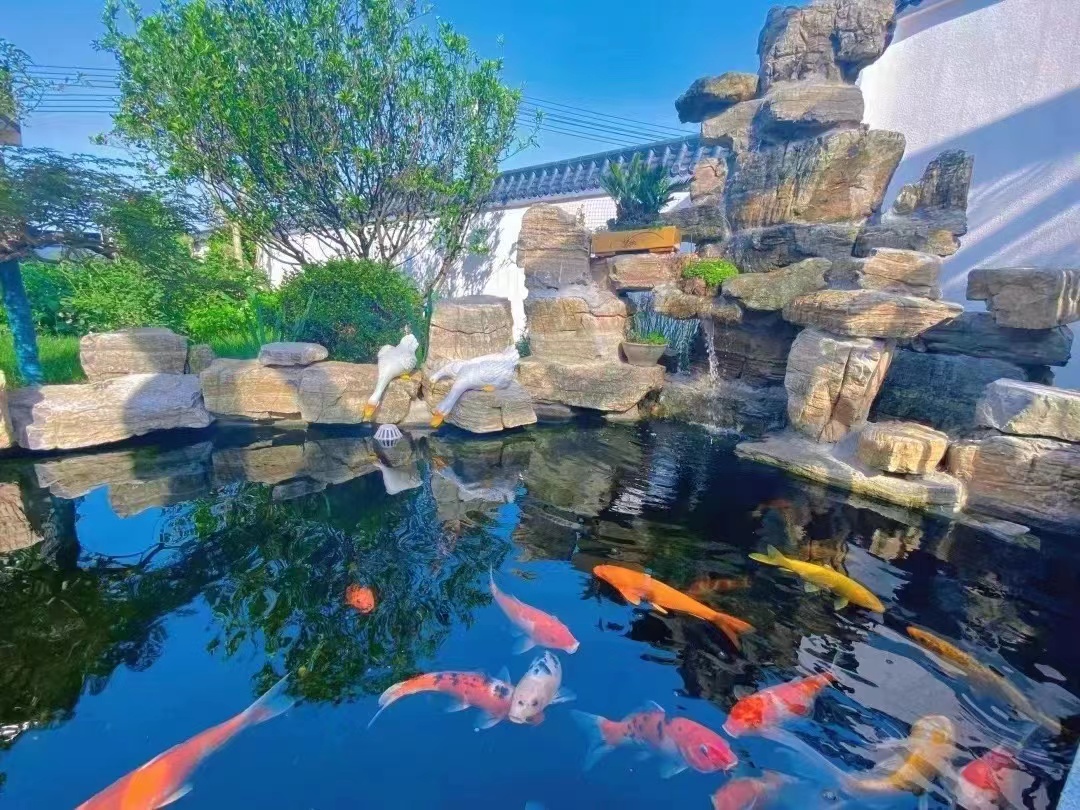
If you put koi in plastic bags when there is a buildup of food in their stomachs, the koi themselves use a lot of oxygen and carbon dioxide in order to digest the food. Also the feces and urine produced by the koi will deteriorate the water quality. In other words, the probability of hypoxia, gas poisoning and ammonia poisoning will be high.
There is also the possibility of motion sickness if the koi wiggles around on a full stomach.
It also causes stress to the koi by moving, making the intestines function poorly and sometimes not at all. In this way, there are dangerous situations such as decaying of the intestinal residue, breeding of bacteria that can spread throughout the body through the blood vessels, or gas stagnation in the body that compresses the internal organs. The above describes various situations and their inferences. Please be sure to stop eating for 5 to 7 days before moving.
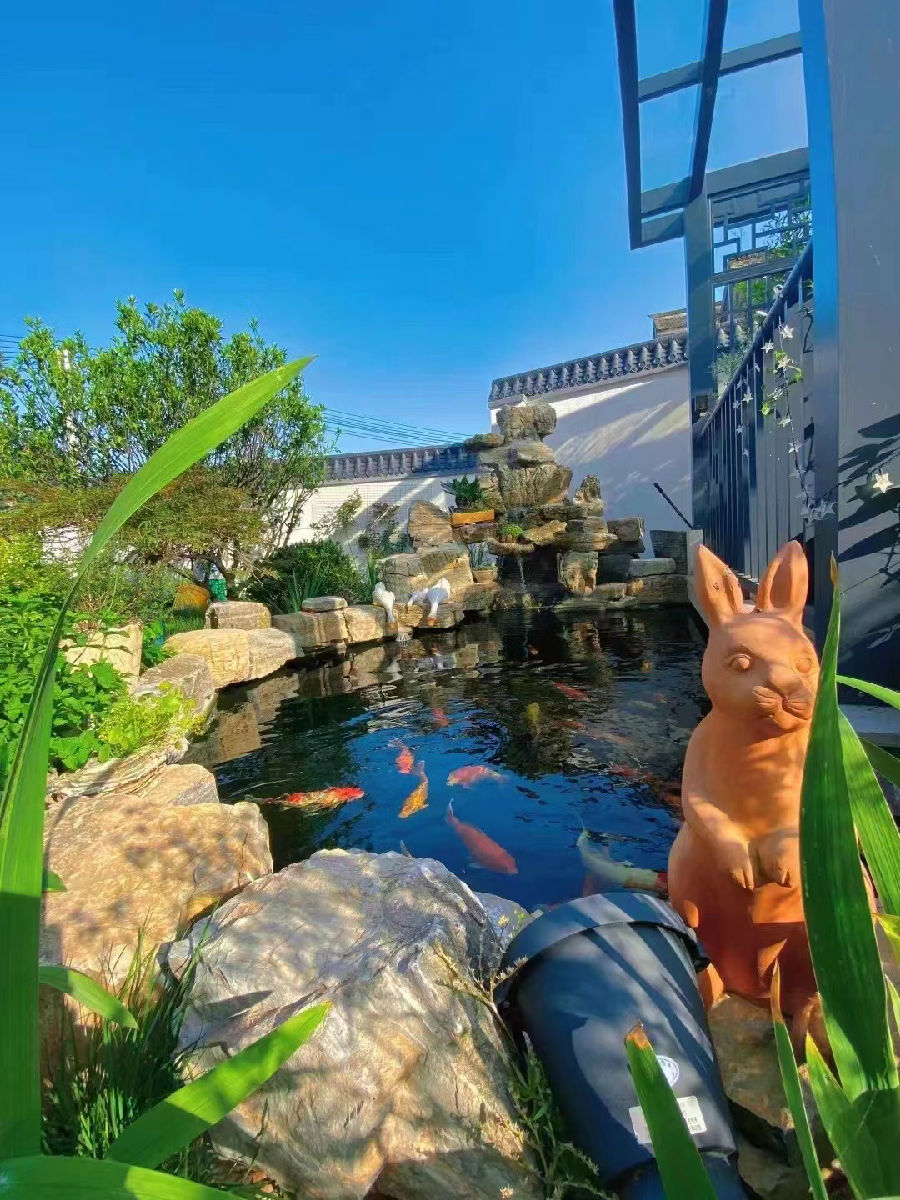
Note: It is also possible for koi to eat green algae in the pool after stopping feeding, so that they have not stopped feeding in the true sense of the word. By stopping feeding I mean that they are allowed to empty their intestines completely, so find a way to use a prep bowl if there is green algae in the pool.
1. Put the transported koi into the isolation pool together with the bag.
When the koi arrive home, do not rush to unpack them into the fish pond first. The outer plastic bag should be removed first, keeping only the last layer, and the bag and koi should be placed in the isolation pool for 40 minutes~1 hour. During this time, if the bag is found to be lacking in oxygen, oxygen should be reintroduced and the bag should be rotated every ten minutes.
2、Gradually lower the salt
Open the bag, add 1/3 of the total amount of water in the original package of pool water containing 0.31 TP3T salinity, oxygenate and tie the bag tightly, and continue to soak the bag for about 10 minutes.
Before releasing the fish, 0.31 TP3T of salt needs to be added to the pool water.
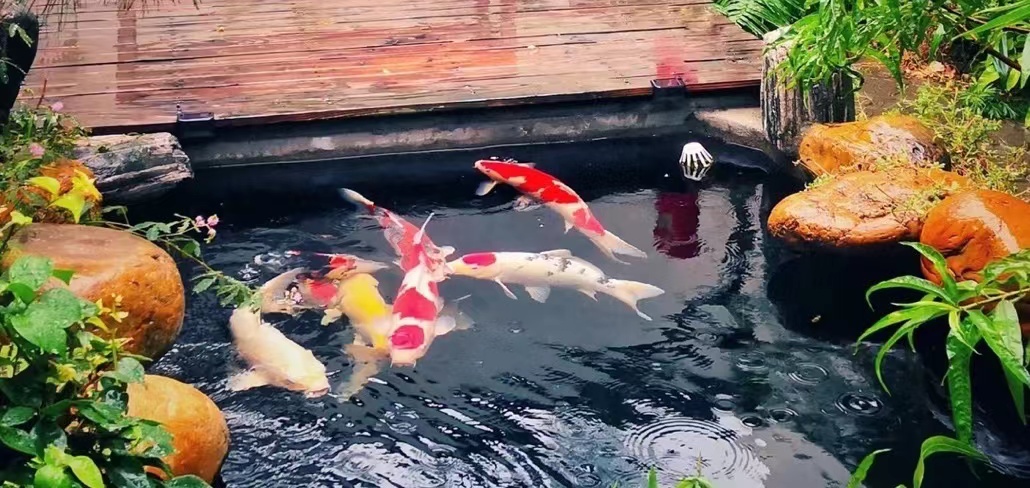
Koi can tolerate water with a maximum salinity of 11 TP3T, but the adaptation of koi to osmotic pressure regulation is staged, with a gradual change. Koi show great tolerance to slow changes in salinity. Moving koi from fresh water directly into high salinity water will result in severe dehydration of the fish. Therefore, the increase in salinity needs to be done gradually.
Generally, first put in 0.3% salt, after 12 hours, then increase to 0.5%; after 24 hours, the salinity increased to 0.7%. Koi breeding salt, referred to as coarse salt, not the general household salt, the reason is that the general household salt is purified and processed, there is no nutrients, while the coarse salt is the salt that is not processed, rich in trace elements, which is conducive to the absorption and utilization of trace elements in the water. It is beneficial for Koi to absorb and utilize the trace elements in the water.
When purchasing new fish, regardless of whether the newly purchased koi are diseased or not, they should be kept in quarantine for more than 10 days to ensure that there is no disease before mixing them with the original koi. The best quarantine period is 30 days. During this period, observe the fish's physiological activities and feeding situation diligently, and treat any abnormalities in a timely manner.
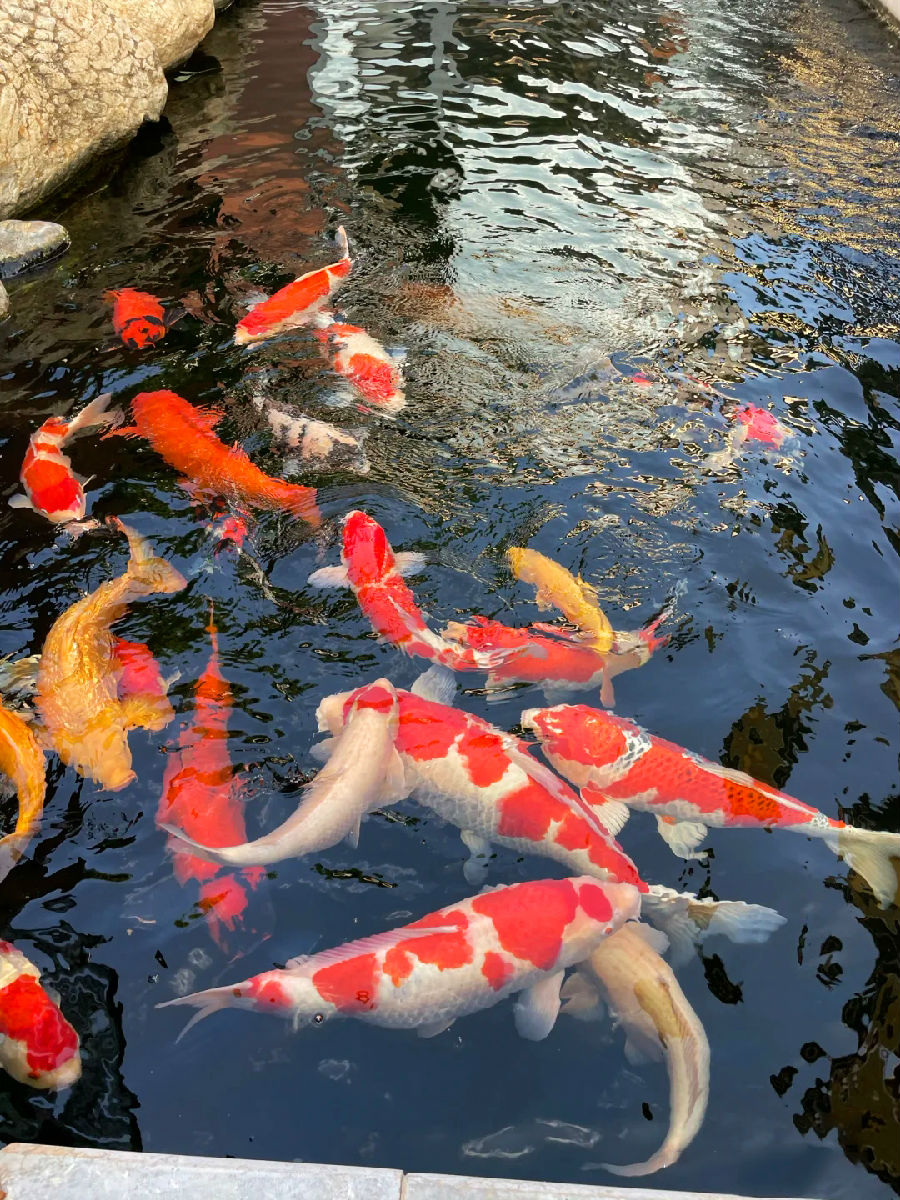
Meanwhile.Check if the koi pond filtration system is running properly and test the PH of the water to make sure the water quality is good. Strong filtration is the key to good koi, about the choice of filtration system and the construction of the front has been introduced many times, interested friends can follow this public number to find flip.
Finally, it is emphasized once again that new koi need to be kept off food for 3 days. After that, feed them gradually with a special feed. At this time it is important to choose high quality, easily digestible feeds, and at the same time use the principle of small meals, gradually increase the feeding volume, and after 5 days of feeding, then increase to the standard feeding volume.
At this point, the main work of the entire new Koi water transfer session has been basically completed, I hope that through my introduction, so that novice fishers have a deeper understanding of the process of Koi water transfer, so that your carp can be successfully into the pool, healthy growth.
Related content
- Homeostatic regulation of fish pond water quality: a systematic solution based on nitrification kinetics and nutrient thresholds
- Koi Pond Maintenance and Protection Guide during the Rainy Season | The Veteran Driver's Handbook of Dampness and Disease Prevention
- Pool water circulation system maintenance guide, goodbye to cloudy water quality to create four seasons of translucent "liquid sapphire".
- From zero to professional: a complete guide to pool equipment configuration that even a beginner can understand
- The Golden Ratio of Swimming Pool Ventilation and Dehumidification Systems: The Balancing Act of Airflow, Humidity and Energy Consumption
- Specific benefits of dehumidifiers for new swimming pools
- Industrial solutions for fish pond water quality management: How to break through the bottleneck of traditional operation and maintenance of filtration systems?

